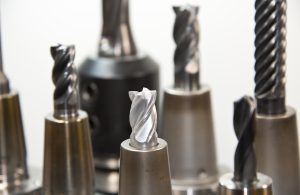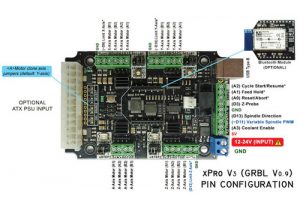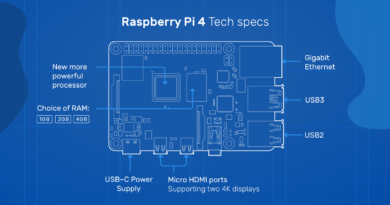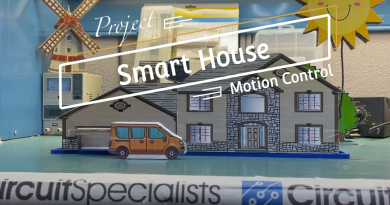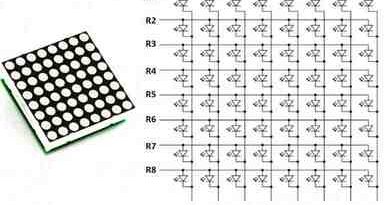What is a CNC machine & how can I build one?
The ‘CNC’ in CNC Machine stands for Computer Numerical Control. A computer will usually convert a computer aided design (CAD) file into a numerical file called GCode. The numbers in the GCode file define the path of the cutter, laser, nozzle, or other mechanism that is being used to mill, etch, or build along that path. Tools that can be controlled in this mechanism include mills, 3D printers, lathes, grinders, and pick & place machines. Once the GCode is loaded onto the machine it must also be translated by a computer aided manufactuing (CAM) software that directs the machine. The automated nature of CNC machines means that tools can be manufactured with high precision and with less effort.
One of the most common questions we receive from customers is “What do I need to build a CNC machine?” That is a tricky question to answer since there are so many variations of CNC machines but we’ll lay out some common parts here and some resources. If you’re building any kind of CNC machine a great resource for an open source build is Openbuilds.com and a couple of our favorite CNC machines on there are the OX CNC Machine (called the OX because it is STRONG) and the variation on the OX called the Ooznest OX. The electronics used in both builds is the CNC XPRO V3 which is the latest addition to our catalog and is an excellent 4-axis stepper motor controller and can be purchased at this link. This is one of our favorite controllers because it works well with open source softwares like GRBL (gcode interpreter), Google Sketchup, and SketchUCam. It also interfaces with a computer via FTDI serial USB which is a modern improvement over most RS232 connections you’ll find on other controllers. This controller is compatible with all 4-wire stepper motors up to 2.1A in load per motor/axis. The 4-wire NEMA 17 motors or the NEMA 23 4-wire shown here would work well for many applications.
To complete the electronics for your CNC machine you may also want a few limit switches and a 12 or 24V switching power supply to power the controller and motors. Hopefully you found this guide helpful and if you have any questions or need assistance with product selection feel free to contact us at sales@circuitspecialists.com.
